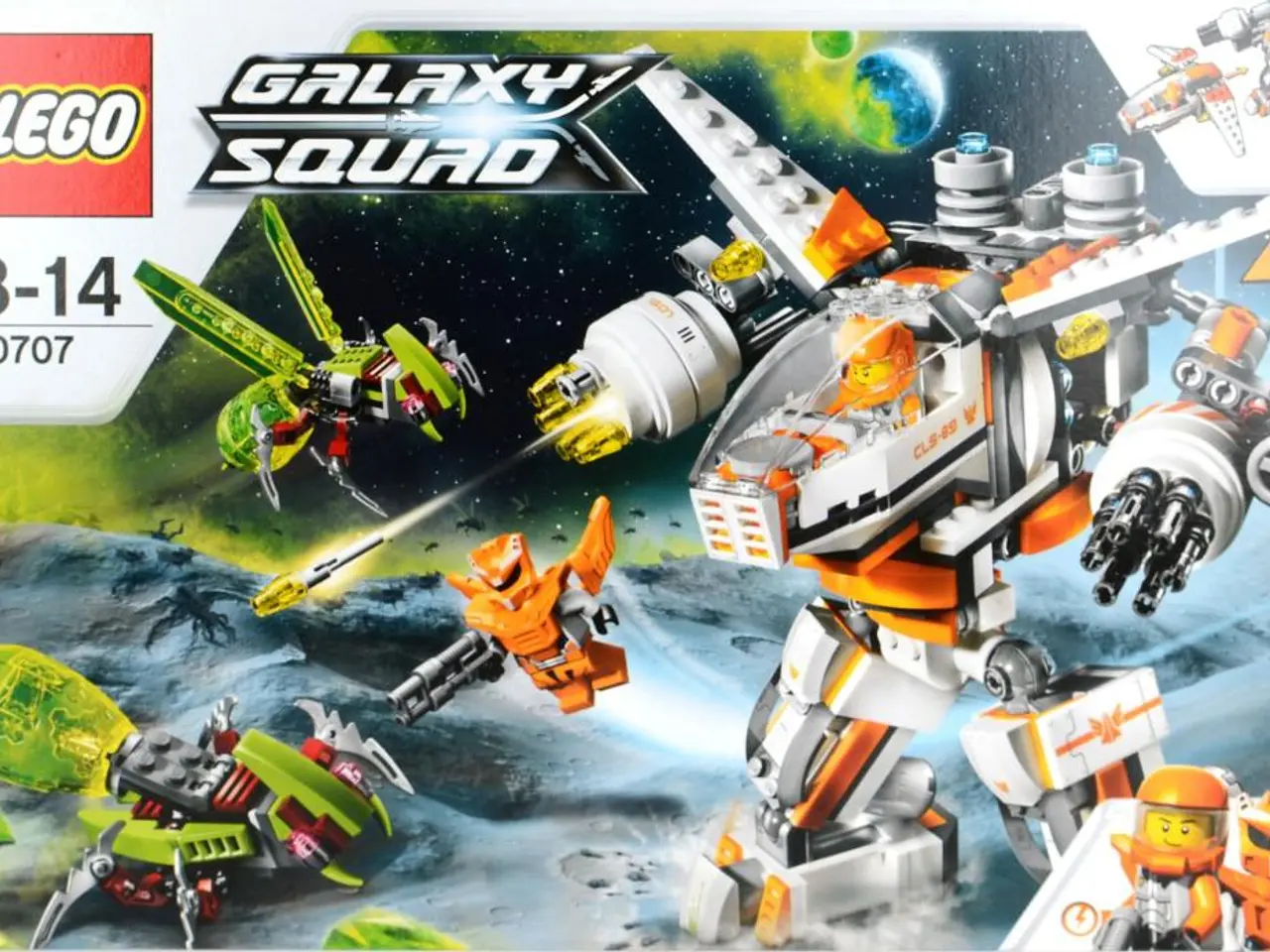Information on Purchasing Robots for Educational Institutions
=============================================================
In the ever-evolving world of education, robots are becoming increasingly popular tools for teaching STEM subjects and fostering a hands-on approach to learning. This guide aims to help schools choose the best robots based on specific needs and learning objectives.
Key Factors to Consider
When selecting a robot for schools, key factors to consider include learning objectives, programming options, expansion potential, features, and pricing.
Recommended Robots for Schools
Here are some top recommendations synthesized from current expert reviews and buying guides:
| Robot | Learning Objectives | Programming Options | Expansion Potential | Features | Price Range (USD) | |-----------------|-------------------------------------------|-----------------------------|---------------------------|-------------------------------------------|---------------------------| | Makeblock mBot2 | STEM education, AI, robotics fundamentals | Block coding (Scratch) to Python | 30+ additional modules for IoT and robotic extensions | AI games, sounds, lights, sensor-rich | Approx. $160 | | Mech 5 Coding Robot | Mechanical engineering, basic coding | Simple snap-on coding buttons | Includes extra parts for experimentation and creative building | Mechanical missions, throws, lifts, draws | Not explicitly stated, targeted for ages 10+ | | Loona Petbot | Social interaction, AI companion skills | AI powered, natural language chat | Not significantly expandable | HD camera, facial recognition, gesture reading, home monitoring | $400 - $500 | | Miko 3 | Structured learning engagement (human-robot interaction) | Focus on structured educational content rather than open coding | Not specified | Interactive conversations, educational content | Not specified, premium range |
Key Insights
- Makeblock mBot2 stands out for programming versatility and expansion: kids start with visual block coding and progress to Python, plus it supports many sensor add-ons and IoT modules, making it ideal for comprehensive STEM curricula and growing with student skills.
- Mech 5 is excellent for hands-on mechanical engineering learning with simple coding through snap buttons, fostering creativity and problem-solving in younger students, especially from age 10 and up.
- Loona Petbot offers a unique AI-powered social companion experience with natural language chat, facial recognition, and security monitoring, suitable for social skills and interactive learning but less for coding exploration.
- Miko 3 emphasizes structured educational engagement more than programming flexibility, valuable for foundational learning objectives in classrooms focused on human-robot interaction.
Pricing and Considerations
Pricing ranges widely from around $160 for mBot2 to $400–$500 for robotic companions like Loona, enabling schools to choose based on budget and targeted learning outcomes.
Additional Considerations
- Be sure to check warranty periods and the cost of replacement parts for ongoing costs.
- Consider storage and charging needs for continued use of the robots.
- Some systems offer deals to buy many parts up front to save money.
- Simple block-based coding systems offer immediate results, while more complex coding can be used for teaching advanced programming skills.
In conclusion, for schools aiming to focus on programming skill development, STEM expansion, and robotic customization, Makeblock mBot2 and Mech 5 are strong choices. For interactive AI companions supporting social and conversational learning, Loona Petbot and Miko 3 are compelling options, though with less emphasis on coding and expansion.
- The Makeblock mBot2 robot is an ideal choice for schools due to its programming versatility and expansion potential, allowing students to progress from visual block coding to Python and support many sensor add-ons and IoT modules.
- The Mech 5 robot is suited for fostering hands-on mechanical engineering learning in students from age 10 and up, thanks to its simple coding through snap buttons and creative building opportunities.
- Loona Petbot offers an AI-powered social companion experience, catering to social skills and interactive learning with features like natural language chat, facial recognition, and security monitoring.
- Schools looking to engage students in structured educational content and human-robot interaction can consider the Miko 3 robot, which focuses on structured educational content, rather than open coding.




